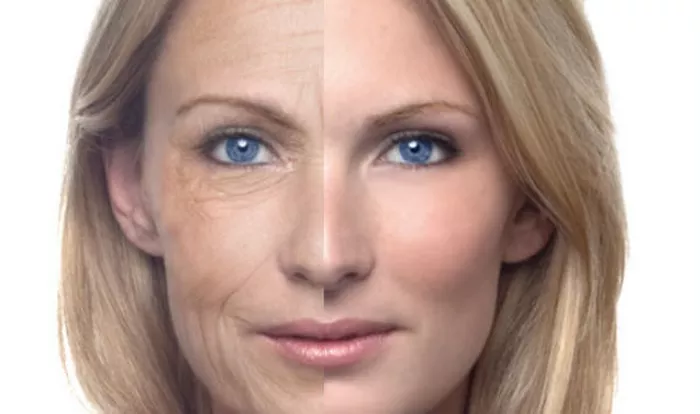A facelift, also known as rhytidectomy, is a surgical procedure aimed at rejuvenating the face and reducing visible signs of aging. It involves lifting and tightening the skin and underlying tissues to create a more youthful and refreshed appearance. If you are considering a facelift, it is essential to understand the healing process and the timeline for recovery. In this article, we will explore the various stages of facelift recovery and provide insights into the expected healing timelines.
Immediate Post-Operative Period
- Bandages and Dressings: After a facelift, your surgeon will apply bandages and dressings to protect the incisions and provide support to the newly lifted tissues. These dressings may be removed within a day or two, depending on your surgeon’s instructions.
- Drainage Tubes: In some cases, your surgeon may place small drainage tubes to prevent fluid accumulation. These tubes are typically removed within a day or two, or as advised by your surgeon.
- Swelling and Bruising: Swelling and bruising are common after a facelift and can vary in severity. The majority of the swelling will subside within the first week, but it may take several weeks for all residual swelling to resolve completely. Bruising typically resolves within two to three weeks.
- Discomfort and Pain: You can expect some discomfort and pain in the initial days after the surgery. Your surgeon will prescribe pain medication to manage any post-operative pain. Follow your surgeon’s instructions regarding pain management.
First Week of Recovery
- Rest and Limited Activity: Rest is crucial during the first week of recovery. Minimize physical activity, avoid bending or lifting heavy objects, and keep your head elevated when lying down. Follow your surgeon’s guidelines regarding activity restrictions.
- Stitches Removal: Your surgeon will schedule a follow-up appointment to remove stitches or use dissolvable sutures, depending on the type of sutures used. This typically occurs within the first week.
- Skin Care: Follow your surgeon’s instructions regarding proper wound care and skin care during the recovery period. Avoid excessive sun exposure, protect the incision sites from direct sunlight, and use recommended skincare products as advised.
Second Week and Beyond
- Returning to Normal Activities: By the second week, you may begin to resume your daily activities gradually. However, it is essential to continue avoiding strenuous activities, heavy lifting, and any activity that puts strain on the facial tissues.
- Scar Healing: The incisions made during a facelift will go through a healing process, and scars will gradually fade over time. Proper wound care, avoiding sun exposure, and following your surgeon’s scar management instructions can help promote optimal healing.
- Gradual Improvement: As the weeks go by, you will notice a gradual improvement in your facial appearance. Swelling will continue to subside, and you will begin to appreciate the youthful and rejuvenated results of your facelift.
- Follow-Up Appointments: Your surgeon will schedule follow-up appointments to monitor your progress, address any concerns, and provide guidance for ongoing care. Attend these appointments as scheduled and communicate any questions or issues you may have.
Long-Term Healing and Final Results
The full healing process after a facelift can take several months to a year. While the majority of swelling and bruising will resolve within a few weeks, subtle changes in the appearance of your face may continue to occur during the healing period. Final results, including the fading of scars and the overall outcome of the procedure, will become more apparent as the healing progresses.
Factors Affecting Healing Timelines
Several factors can influence the healing timelines after a facelift:
- Individual Healing: Each person’s healing process is unique. Factors such as age, overall health, skin type, and individual variations in healing can affect the duration of recovery.
- Extent of the Surgery: The complexity and extent of the facelift procedure can influence the healing process. Additional procedures performed in conjunction with the facelift, such as neck lift or eyelid surgery, may affect recovery timelines.
- Post-Operative Care: Adhering to your surgeon’s post-operative care instructions, including proper wound care, avoiding sun exposure, and following activity restrictions, can contribute to a smoother and faster recovery.
- Overall Health: Your general health and well-being can impact the healing process. Maintaining a healthy lifestyle, including a balanced diet, regular exercise, and avoiding smoking, can promote optimal healing.
Conclusion
The healing process after a facelift involves several stages, from the immediate post-operative period to long-term recovery. Swelling, bruising, and discomfort are expected in the initial days, with gradual improvements occurring over the following weeks and months. Individual healing, the extent of the surgery, post-operative care, and overall health can influence the duration of recovery. It is important to follow your surgeon’s instructions, attend follow-up appointments, and be patient as your face continues to heal and reveal the final results of your facelift procedure. Remember to communicate any concerns or questions with your surgeon to ensure a successful and satisfying outcome.


